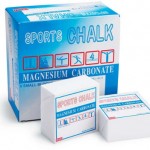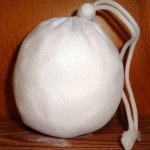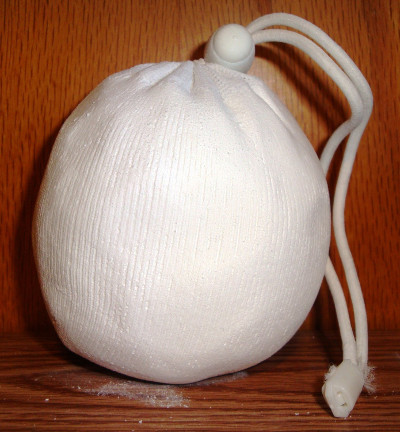Some lifters prefer to wear gloves or employ hand wraps, but the purists around weightlifting will tell you there’s only one item you need to grip it and rip it: Lifting Chalk. Chalk is an elemental tool used in many athletic activities to gain an edge in grip, whether it be rock climbing or basketball, gymnastics or weightlifting.
NBA All-Star and multiple MVP award winner LeBron James developed a signature celebration when he entered the NBA with the Cleveland Cavaliers. At home games, he would chalk up his hands at the scorer’s table pregame and then clap them together sending a glorious plume of chalk dust into the air.
There is a certain grand symbolism and simplicity to chalk and this is what you should hone in on.
Why Should you use Lifting Chalk?
Many serious lifters are proponents of chalk in favor of lifting straps, as it provides a more natural boost to grip and tactility without constricting the wrist and allowing the muscles in the forearm more complete extension and flexibility. Chalk Also helps ensure that you hands don’t get sweat, which will compromise your grip and decrease your workout’s effectiveness.
Lifting Chalk Bricks
 The chalky substance is in fact a compound made of magnesium carbonate. It is typically sold in the form of bricks and tends to be quite inexpensive. This type of chalk is the very same used in gymnastics and rock climbing, and perhaps even by LeBron James.
The chalky substance is in fact a compound made of magnesium carbonate. It is typically sold in the form of bricks and tends to be quite inexpensive. This type of chalk is the very same used in gymnastics and rock climbing, and perhaps even by LeBron James.
Its only use is to improve grip through increasing tactility, but that edge can be vital in competition or near the end of a taxing training session.
If you purchase one of these bricks for a home gym, or even a home supply, you can simply break a little off and take it with you in a little baggie. Chalk will crumble as it jostles, so it’s important to wrap it up if you want to take it with you to the gym.
Lifting Chalk Balls
 Alternatively, you can purchase a refillable chalk ball to accompany your chalk brick. Simply fill the chalk ball with a generous amount of magnesium carbonate and you’re off to the races. The chalk ball can be suspended off your weight belt if you choose.
Alternatively, you can purchase a refillable chalk ball to accompany your chalk brick. Simply fill the chalk ball with a generous amount of magnesium carbonate and you’re off to the races. The chalk ball can be suspended off your weight belt if you choose.
Cons of using Lifting Chalk
Using chalk to improve grip while lifting weights has become somewhat controversial recently, as numerous boutique gyms and franchised chains have set policies prohibiting the use of chalk as it spreads easily to other surfaces and requires the weight to be cleaned of the tactile paste created between the chalk and the sweat.
While some of the chain gyms claim to be free of pretension and discrimination, they are quick to set up rules about who they want to permit and who they would prefer stays away and chooses another gym. That is to say, weightlifters, especially competitive weightlifters, are being forced out of the corporate gym world to accommodate a more lackadaisical customer base.
Where can you Grab some Lifting Chalk?
Still, if the place that you train permits the use of chalk, you should strongly consider getting some and using it if you do not already. As mention above, Chalk provides many of the incidental benefits of equipment like lifting straps, but does not secure the bar to your actual hands, thus requiring more exertion for the muscles and precipitating a better workout.
So have your chalk ball or baggie handy, and chalk up those hands. You can rest assured that when you max out, it won’t be because of poor grip.
In our next post we look at Lifting Belts. Thanks for visiting www.olympicweightsetreview.com, if you liked this article please use our social buttons to give us the thumbs up.
[hr]
Related Post
[related_posts limit=”3″]
